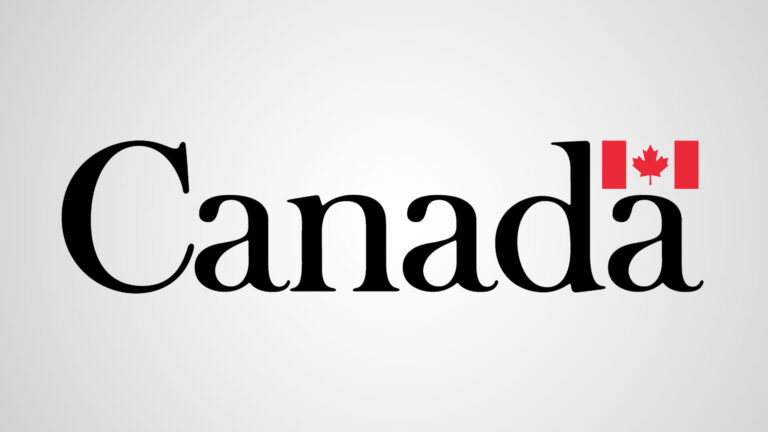
The standards referenced in the article below are out of date as of February 1, 2025. Please refer to ACP’s new standards for up-to-date information.
Health Canada has released the results of The Community Pharmacy Inspection Program, which included some community pharmacies in Alberta.
Health Canada’s Office of Controlled Substances conducts compliance and monitoring activities, such as inspections, to ensure regulated parties are compliant with the Controlled Drugs and Substances Act (CDSA) and its regulations.
The objectives of the Community Pharmacy Inspection Program are to
- promote compliance among pharmacists;
- strengthen cooperation and communication between Health Canada, pharmacists, and their provincial authorities and associations; and
- facilitate national information sharing to address problematic prescription drug use including problematic opioid use.
Health Canada may share information from the inspections with the relevant provincial or territorial regulatory authorities (PRA) and/or police.
The report for 2018-19 shows the results from three different types of inspections: a community pharmacy inspection, targeted inspections where certain pharmacies might not be in compliance, and a pharmacy inspection blitz in one community.
The inspections were done using a risk-based approach. When classifying an observation as critical, major or minor, inspectors considered the scope (number of occurrences and quantity of product), the severity (potential for diversion) of the deficiency, or deviation from the requirements of the CDSA or its regulations.
Community Pharmacy Inspection Program
- There were 275 community pharmacy inspections, including 34 in Alberta.
- 1276 observations were noted: 43 critical, 902 major, and 331 minor.
- 23 per cent were rated as non-compliant. Most of these were referred to the relevant PRA.
- The most common observation was issues with security. Other observations included concerns with records, the provision, sale, and return of narcotic and controlled substances.
Inspectors also conducted targeted inspections of community pharmacies, when there was information to suggest that certain pharmacies may not be compliant.
Targeted community pharmacy inspections
- There were 139 targeted inspections of community pharmacies, 12 were done in Alberta.
- 525 observations were noted: 19 critical, 394 major, and 112 minor.
- 30 per cent were rated as non-compliant. Most were referred to the relevant PRA.
- Security was the most common observation type.
Another type of inspection is called the pharmacy inspection blitz. This involves multiple, targeted visits in a specific community in a pre-determined time frame. A detailed breakdown of the results specific to Alberta was not provided. However, registrants should be aware of the critical, major, and minor observations that were noted in this report.
The observations are defined the following way:
- A critical observation involves the possibility of deliberate fraud, misrepresentation, or falsification of information to circumvent the CDSA or its regulations, or if it clearly increases the immediate risk of diversion, prevents the detection of diversion, or prevents the pharmacy from taking action to address to risk of diversion.
- A major observation increases the risk of diversion, impairs the detection of diversion, or impairs the pharmacy from taking action to address the potential risk for diversion.
- A minor observation if the pharmacist is generally able to prevent, detect, and take actions to address potential risks for diversion, but improvements could be made.
If a community pharmacy has one or more critical observations and fails to take reasonable steps to protect all controlled substances in their pharmacy, an inspection rating of non-compliant will be issued. If this happens, Health Canada would initiate compliance and/or refer the matter to the PRA or law enforcementRegistrants should evaluate their own pharmacy practice and address any issues they find from a quality assurance perspective.
ACP’s Standards of Practice for Pharmacists and Pharmacy Technicians (SPPPT) and the Standards for the Operation of Licensed Pharmacies (SOLP) address the critical, major, and minor observations noted in The Community Pharmacy Inspection Program Report.
- Pharmacists and pharmacy technicians should ensure they review Standard 1 of both the SPPPT and SOLP, which speak to ensuring compliance with laws governing pharmacy, drugs, and professional practice.
- Standard 5 of the SOLP addresses the integrity and safety of drugs, health care products, and supplies.
- Registrants should ensure that all required pharmacy records are maintained in an authorized location and can be retrieved in an efficient, systematic manner (Standard 8 of the SOLP).
Health Canada’s Loss or Theft page provides more information on how to report a loss or theft, and a link to the Guidance Document: Reporting Loss or Theft of Controlled Substances and Precursors. The Community Pharmacy Inspection Program Report for the fiscal year 2018-2019 is available on the Health Canada website.




